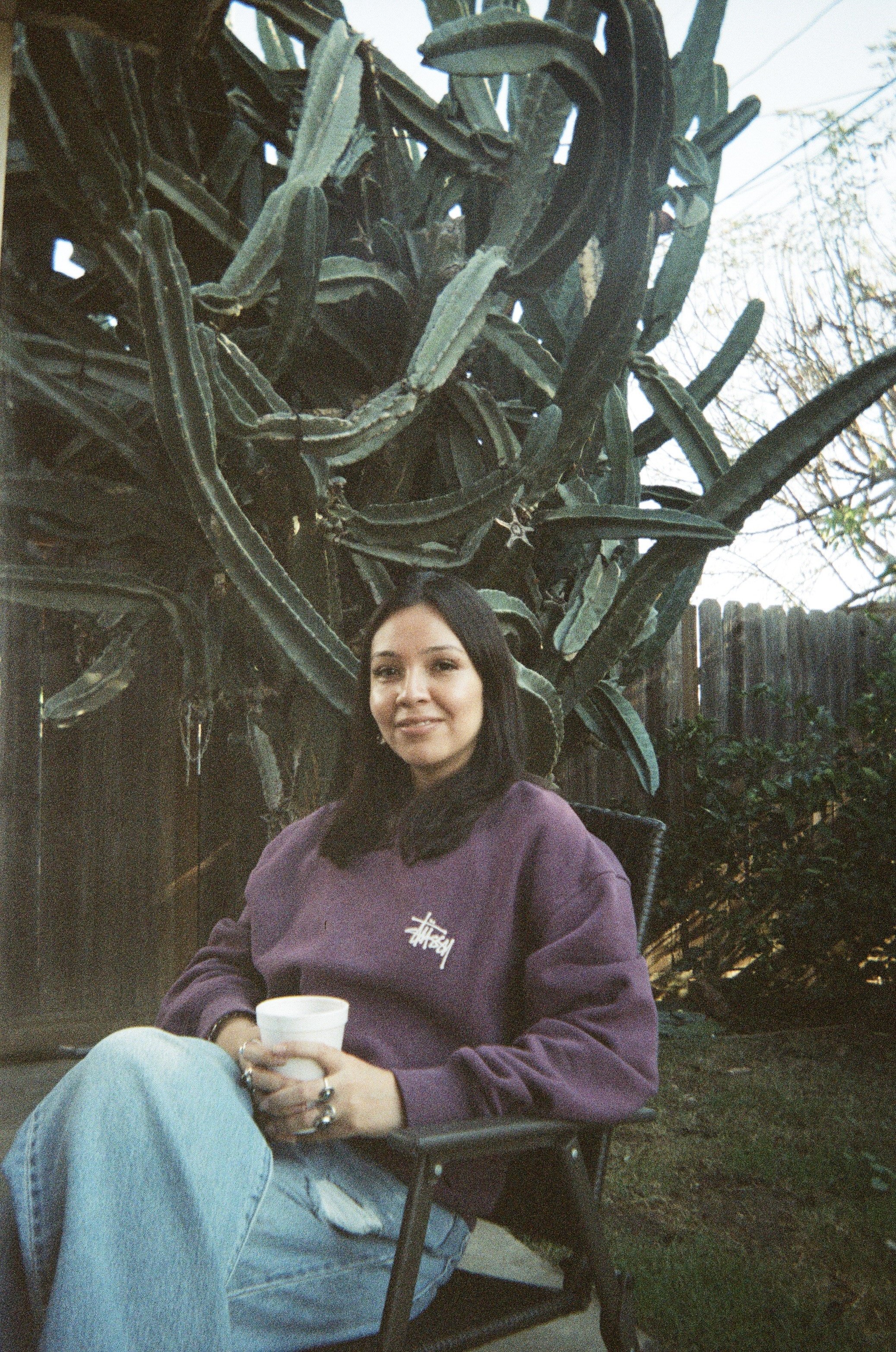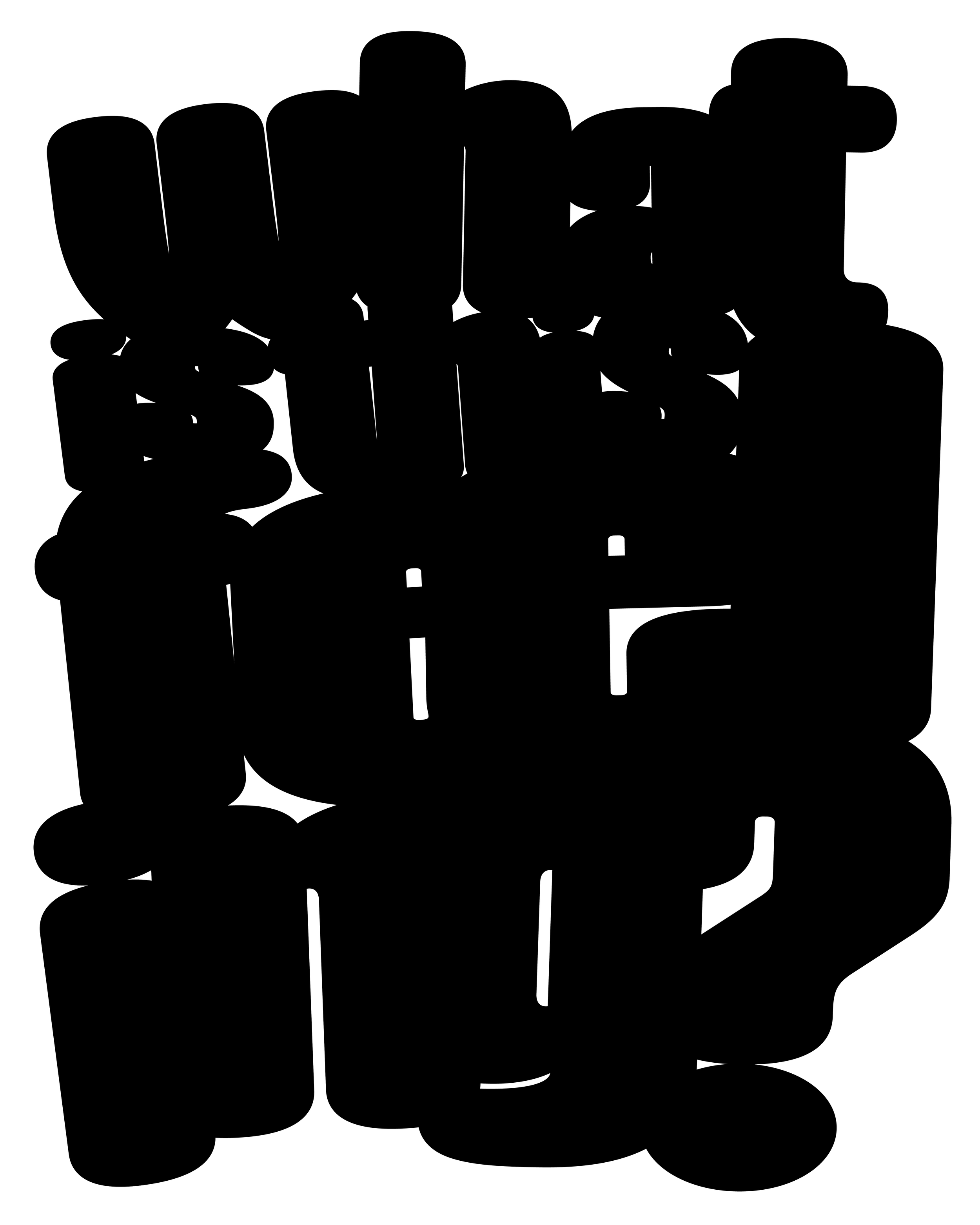Our Team
Interview:
Bianca Peña
Multidisciplinary graphic designer living and working in Indianapolis, IN.
hola@biancapena.com
When did you have your first experience with digital design?
My high school counselor randomly placed me in a digital media class. I had an empty spot in my schedule, and I was so uninterested in school, that I let them make the decision for me. After skipping the first week, I was forced to finally attend class and after the first assignment, I was completely hooked. They introduced us to photoshop and taught us the basics. I still vividly remember the artwork I created in that class, and the feeling of freedom that it brought me as a 16-year-old trying to figure out who I was. It opened up whole new world for me.
Do you let your culture influence your work?
Absolutely. My culture influences the way I think and see the world. In my mind, there’s no real way to separate that from my work, especially in my personal practice. I explore my feelings and experience as a Mexican-Salvadoran woman born in East Los Angeles and raised on the Far East side of Indianapolis. The forms, textures, phrases, and language I use in my work are all inspired by what I’ve seen and heard around me. I try to reinterpret these ideas in unconventional ways to get a clearer understanding of myself.
When I design things for other people, I take a step back and listen to their needs. I view myself as more of a translator helping to bring their goals to life. It’s important to me that the client’s voice and personality are at the forefront, and that the things I create represent them a way that’s unique and feels true to them.
At what point did you decide you wanted to do this as a career?
After that digital media class I was forced to take in high school, I knew without a doubt that I wanted to be a graphic designer. I fell in love with design in all its forms and decided to learn more about the history of design and the theory behind it at Herron School of Art + Design.
Do you think that graphic designers can become as notable as photographers, painters etc?
I think what’s unique about being a designer is that we typically stay behind the scenes. We might not even be credited on everything, and you’d have to really dig to see who created something. As opposed to leaving our signature on every work of art, we develop styles or techniques that the audience might recognize and become familiar with. Now that mood boards and digital archives are so popular, I see people becoming more interested in the designers behind their favorite work. People are doing research to see who created an album cover, or the magazine spread that caught their attention. It’s very cool to witness.
If you could change one aspect of our society with your art, what would it be?
I hope my work contributes to the movement of challenging conventionality. I want people to explore their own notions of what makes something “beautiful” and be open to different perspectives. European standards of beauty have influenced virtually aspect of our life and design is no different. There’s no one way to create “good” design. The rules can and should be broken. We should question and reframe the things that have been deemed “ugly” and push the boundaries of what we admire.
Do you have a preference between 3D animation and 2D graphic design?
Print design has a special place in my heart, specifically screen print. It’s a practice that has been integral to the growth of communities I was raised in and documents so many of our civil rights movements. It’s an efficient and attention-grabbing way to spread important messages and a skill that almost anyone can learn. One of my dad’s first job’s after immigrating to this country was working as a screen printer for a big clothing manufacturer. He would come home and tell me about interesting designs they printed that day, explaining how the images were made. He would bring back ink for me to play with and even took me to the factory one day. I always thought it was amazing and something I wanted to learn how to do myself. I eventually learned to screen print while studying Graphic Design in college. I felt a deep sense of connection to my dad. It was the perfect way to bring the work on my computer to life through print. It’s messy and imperfect and so different from digital design.
What is an accomplishment you’ve had that made you proud of yourself & your work?
I feel most proud to be able to work with individuals and groups in my community. Being able to help bring their ideas to life is the most satisfying part of my work. Knowing that they trust me enough to create the visuals that represent them is an honor. I feel like I get to know my city more through every project. By sitting down with them and listening to their ideas, I discover so much about them and I’m able to expand my own perspective as well.
What do you need from your local community to feel supported?
Latin American women and other women of color are severely underrepresented and excluded in the world of art and design. I encourage my local community to seek out and work with WOC artists to discover the range of talents they have to offer. Boost their work and look for ways to make your own consumption of art more inclusive.
What is something you wish you saw more of in the world digital design?
I hope to see more young people exploring graphic design and experimenting with this medium. There’s so much possibility in design whether it’s for self-expression or as a career path. Lot’s of kids are discouraged from pursuing art and design, especially in communities like mine. Your voice is needed in this industry and there’s so much opportunity in the field.




